In the history of weapons, there have been numerous swords with bizarre shapes that one would never think could be used on the battlefield.
Top 7 Unusual Swords Used in History
Swords are among the oldest and most commonly used weapons throughout human history. The most recognizable shape of a sword is flat and long, with a sharpened blade and a grip. However, there are many swords with unique shapes that differ significantly from the conventional design.
1. Nagan
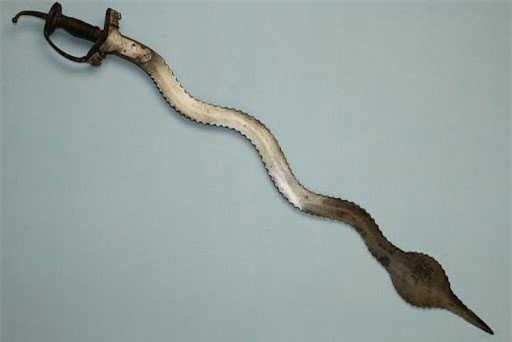
This sword has a wavy shape resembling a snake slithering.
In Sanskrit, Nagan means snake. Thus, this sword has a wavy shape that mimics a slithering snake. In ancient times, India was one of the technological superpowers. Similar to China, the geographical advantage allowed Indians to access high-quality metallurgy. As a result, the Nagan sword maintained both durability and combat effectiveness despite its bizarre shape and formidable lethality.
2. Macuahuitl
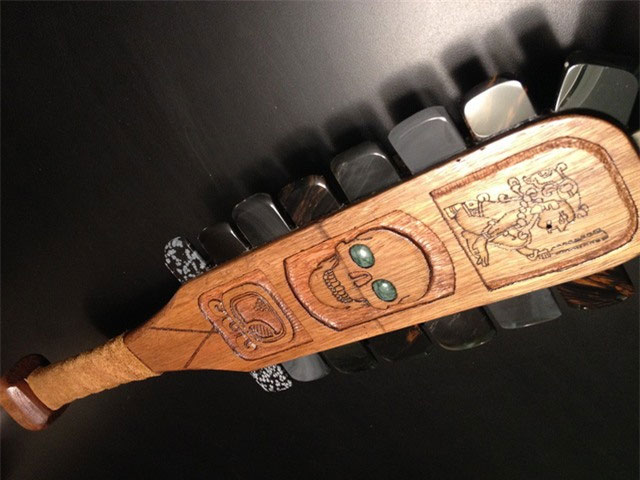
This sword’s sharpness and damage are comparable to that of a steel blade.
A sword crafted by the Aztecs, the macuahuitl deviates from the typical flat and long shape and resembles a racket with two rows of sharpened obsidian stones replacing the steel blade. Surprisingly, this toy-like weapon possesses sharpness and lethality comparable to a steel sword. Furthermore, the macuahuitl effectively incapacitated opponents wielding shields.
3. Nagamaki
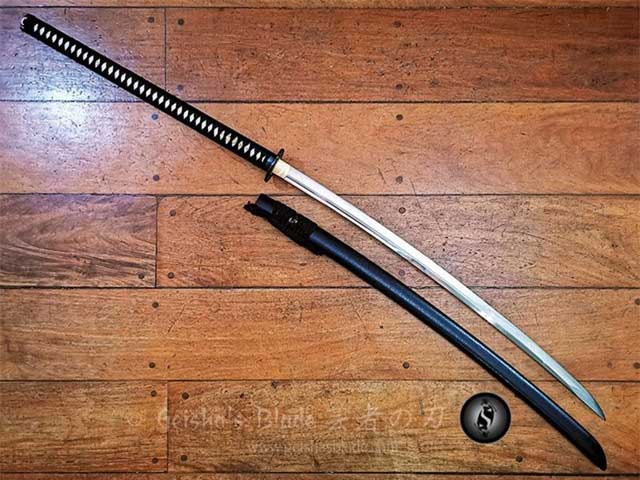
The peculiar feature of the nagamaki is its excessively long handle.
This sword is a distinctive weapon from Japan. However, the nagamaki is peculiar due to its disproportionately long handle compared to the blade. The advantage of this unusual design lies in the user’s ability to attack from a distance.
4. Khopesh
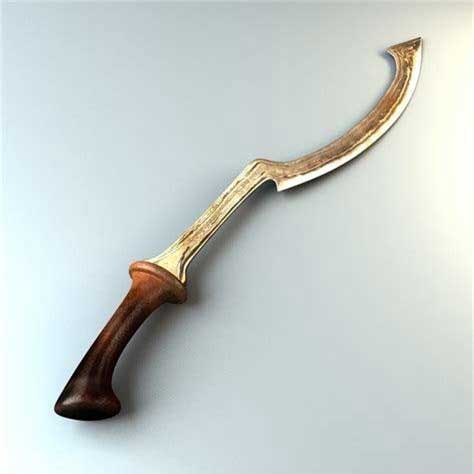
This sword was developed from a battle axe rather than a farming tool.
The khopesh, also known as the sickle sword, is believed to have evolved from an agricultural tool. Although it is a weapon from the Bronze Age, it appears to have been used until the early Iron Age. Studies of the khopesh indicate that it was actually developed from a battle axe, not a farming implement.
5. Flamberge
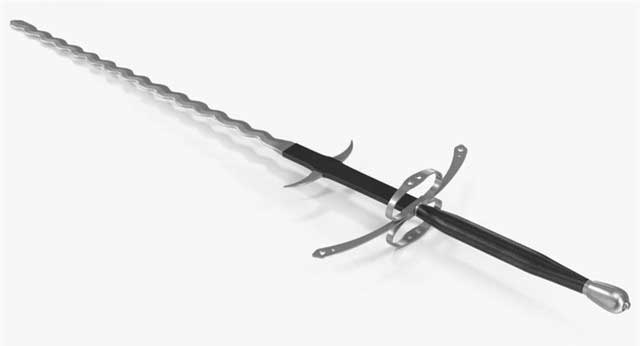
This sword features a consistently wavy blade while the grip is quite compact.
Another sword with a “unique” shape from Germany, the flamberge, which means “flame,” has a blade that is regularly wavy, while the grip is relatively small and compact.
6. Falx
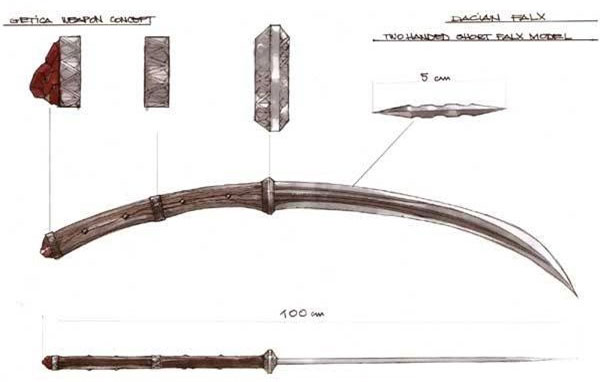
This sword has a curved shape resembling a crescent moon.
The falx is a weapon of the Dacians. It typically measures about 100 cm in length and has a curved shape similar to a crescent moon. The grip is designed to be small and easy to hold.
7. Kris
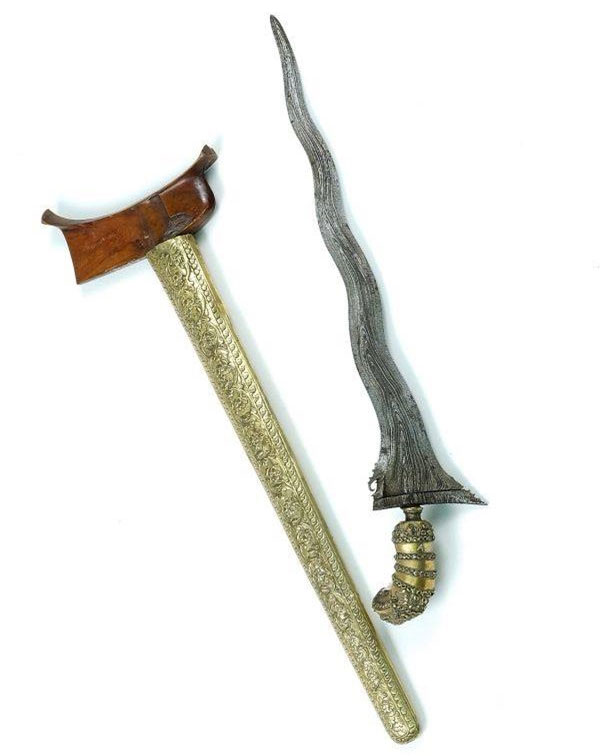
The kris symbolizes magical power, brings good luck, and wards off evil.
The kris is a weapon of the Indonesian people, recognized by UNESCO as a Masterpiece of the Oral and Intangible Heritage of Humanity. The kris has a wavy blade and consists of three parts: the blade (billah or wilah), the grip (hulu), and the sheath (warangka). Each component of the kris holds high artistic value, as they are intricately carved and made from various materials, including metal, precious wood, gold, and ivory. Depending on its quality and historical value, a kris can be worth thousands of dollars or more.
The kris represents magical power, brings good luck, and wards off evil, making it commonly used in festivals and religious ceremonies. Additionally, there are many different variants of the kris, with up to 60 types.





















































